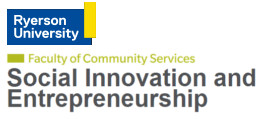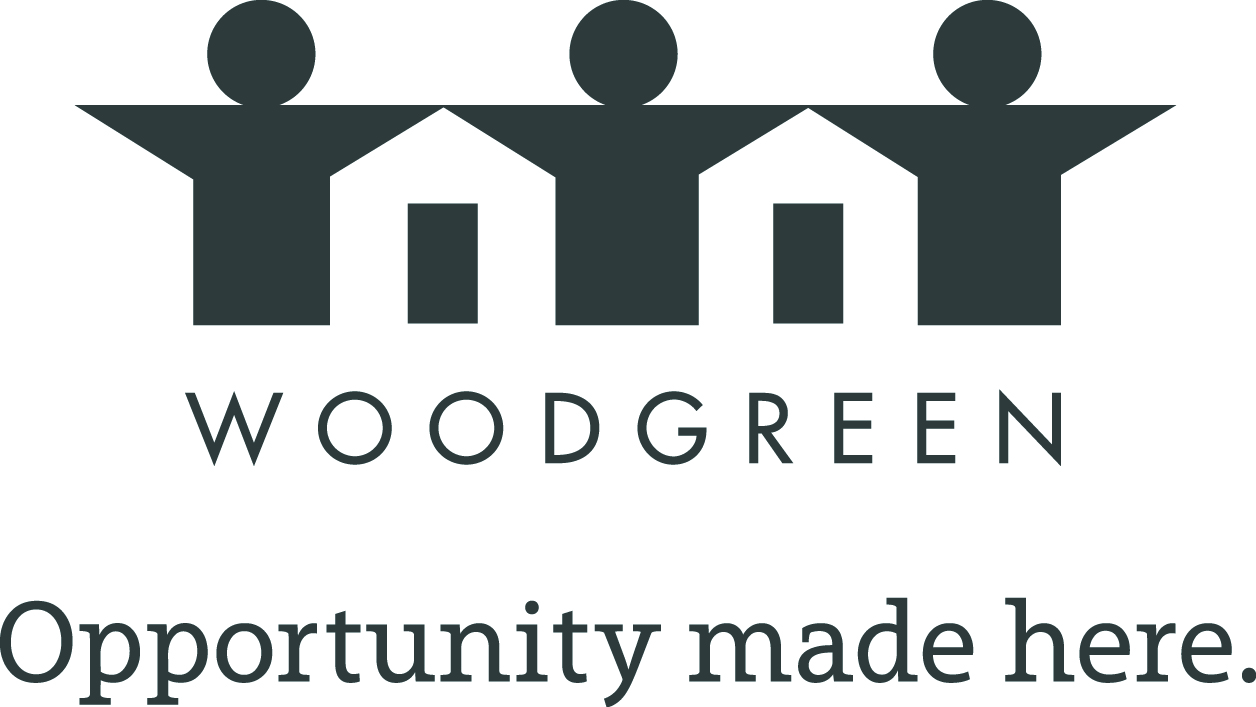| SEPT 2018 UPDATE: | I am excited to announce a new data service for the non-profit sector, Purpose Analytics, developed in partnership with Peter Halsall and incubated at the Canadian Urban Institute. |
| OCT 2020 UPDATE: | We've left the nest! Purpose Analytics is now an independent non-profit organization commited to developing a data-informed public benefit sector. Find out what we're up to at www.purposeanalytics.ca. |
Community-based agencies have become good data collectors. Service providers register participants, record their personal information, track outcomes, and conduct surveys to help demonstrate impact. More often than not, funders specify which data are collected and require that they be compiled into reports or entered directly into online information management systems.
Apart from reporting, agencies struggle to utilize these data for their own purposes. A lack of time, skills, and inadequate information technology pose challenges to all but the largest agencies. As a result, the sector is unable to unlock information that could reveal trends, identify geographical patterns, and support decision-making. In short, agencies suffer from a net outflow of information.
Non-profits are skeptical about the quality of their data. Concerns about data accuracy, completeness, and comparability between agencies have not been quantified, but they were flagged as primary reasons why data are not utilized more widely. While data quality may impact some types of decision-making, there are valuable insights that can be gleaned from incomplete datasets, including a better understanding of the extent and severity of these issues.
Agencies are eager to use their data to tell unique stories and there is an impression that this requires independent and customized analysis. Yet, many agencies have identically structured data that are collected for a common funder. This lends itself to aggregation and analysis across combined datasets. A shared approach to data analysis could still provide individualized reporting for each agency, but yield broader, sector-wide insights and context.
A common misconception is that meaningful insights cannot be achieved without additional personal information from service users such as ethnicity/race or household income. However, postal code data, which are commonly recorded through program registrations, offer an alternative. These can be linked by geography to other datasets, allowing powerful inferences to be made about population characteristics without further intrusion or data collection effort.
While key informants agreed that mapping and data analytics services will eventually be important for the sector, the market readiness for these services – especially for a private enterprise – appears to be underdeveloped.
Furthermore, it is clear that a collective effort will be required to build and sustain the research and analysis infrastructure that is needed for the sector to start benefiting from data-driven insights and decision-making. Much like the collaboration and integration that has taken place around facilities and services, the sector will realize benefits from an aggregated approach to data collection and analysis.
Currently, the conversation around data analytics in the non-profit sector is starting to mature. The Mowat Centre recently released a white paper on open data and the Ontario Nonprofit Network has begun work on framing a data strategy for the sector. While these projects represent a strong starting point for articulating a shared approach, several initiatives that are already underway offer inspiration and possible avenues for implementation.
The City of Toronto's Social Policy, Analysis and Research department has been delivering research and analysis services through its ongoing work with city departments, other levels of government, university researchers, and non-profit agencies, Numerous mapping and data requests from community-based organizations are currently being filled by this department. Furthermore, their online, map visualization tool, Wellbeing Toronto, provides self-service access to a wide range of neighbourhood-level health indicators.
Reconnect Mental Health Services is two years into a data aggregation initiative for 100+ community-based health service providers through funding from the Toronto Central LHIN. Leadership from the funder helped to accelerate agency engagement more rapidly than would otherwise have been achieved through a voluntary process. The project has demonstrated that data aggregation can be accomplished without a unified data management system.
Colour of Poverty - Colour of Change is piloting a standardized data collection format that will provide disaggregated data on ethno-racial characteristics of community service users.
The Parkdale Community Economic Development project is developing a set of indicators to help monitor neighbourhood change. They are actively exploring how shared administrative and program data between agencies can inform this work.
OCASI has 30 agencies across Canada subscribing to its client management system, a software as a service solution. Data analytics services would add value to this shared platform.
Findhelp Information Services has assembled a substantial database of programs and referral records through its 211 service. These records taken together with agency program data would provide unique insight into the geographic supply and demand for community services in Toronto.















